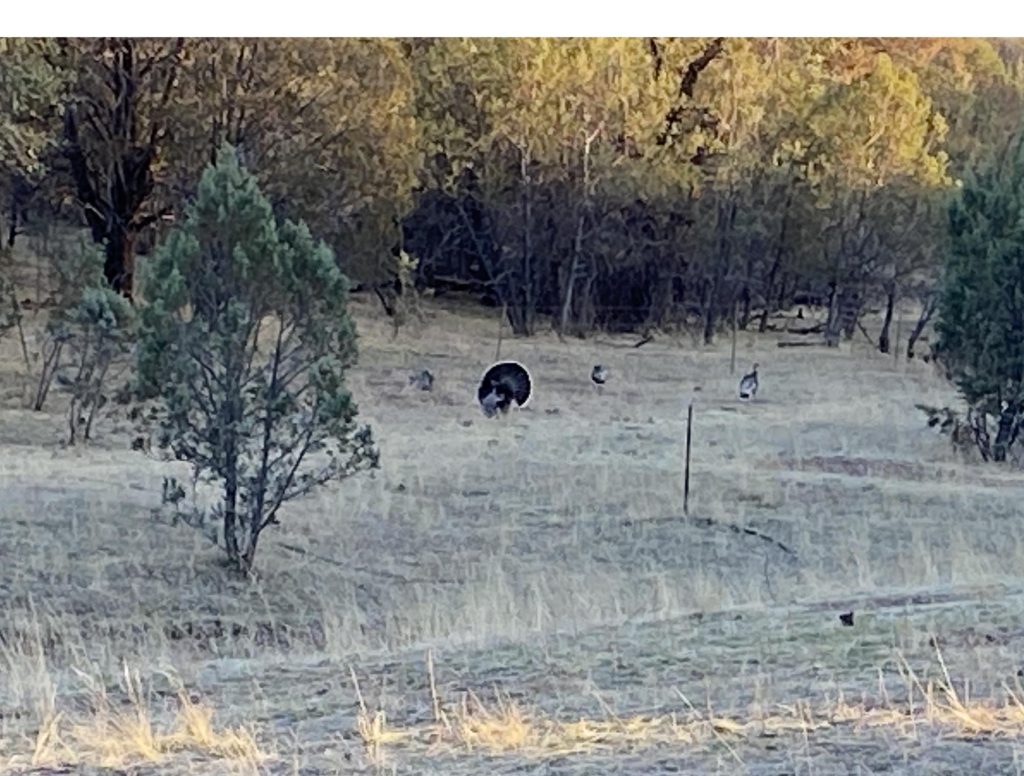The "Washington Camp" mining area is famous for a number of mines, particularly the Duquesne and Holland Mines, amongst others. The deposits in the area occur at the boundaries of limestone and a quartz monzonite intrusive and seem to be skarn-related. The metals recovered from the sphalerite-chalcopyrite-galena-pyrite orebodies were zinc, copper, lead with silver and gold as byproducts. At its peak, the Washington Camp-Duquesne area was home to around 1000 people associated with the mining industry and the business that serviced it. Not much remains of the towns but some old buildings that some would refer to as a "Ghost town".
Associated with the orebodies, are bodies of quartz, often containing cavities lined with quartz crystals. What is amazing about the quartz crystals, though, is the high preponderance of Japan-Law twins. The Washington Camp is famous for Japan-Law twinned Quartz Crystals.
What IS a Japan-Law Twin of Quartz?
A Japan-Law twin is where two crystals of quartz have formed, in parallel, with their axes at 84 degrees, 33 minutes (The Japan-Law). Sometimes, quartz crystals form in a way that comes close to this angle with faces close to parallel. Doesn't count. Those are just two crystals that grew in proximity to each other. To be Japan-Law twins, the crystals must conform to the parameters above. Below is an example of an individual twin from Washington camp, showing the angle of twinning.
See the "suture" line between the two twin members? That suture bisects the twin angle.
Japan-Law twins are almost always flattened and this certainly is the case at Washington Camp. Why? The inside notch between the two crystals forms a preferential place for molecules to rest, as the crystal forms, so the crystals form faster in one direction, causing them to be flattened.
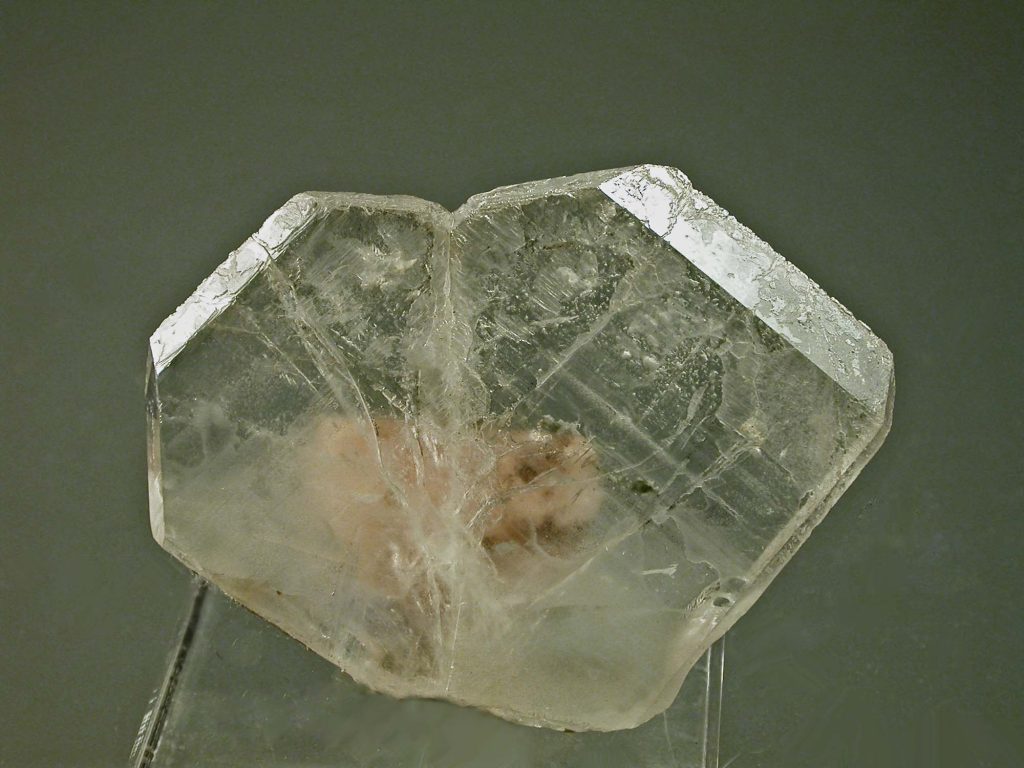
Quartz crystals from the Washington Camp area are, have a characteristic, frosted, outer surface, although they are clear and colourless on the inside. I've been told that they can be treated with a brief bath in hydrofluoric acid to cause the frosted coating to dissolve away, revealing the clear crystals underneath. "Don't try this at home!".
Currently, collecting is allowed with permission from the local land owners. The Tucson Gem and Mineral Club has been conducting field trips to the area during the last few years.
I drive to Washington Camp area from Patagonia, AZ, although, you can also head there from Tucson via Nogales. The Road from Patagonia is a scenic one and as you progress from Patagonia to Washington Camp, you get closer and closer to the border with Mexico.

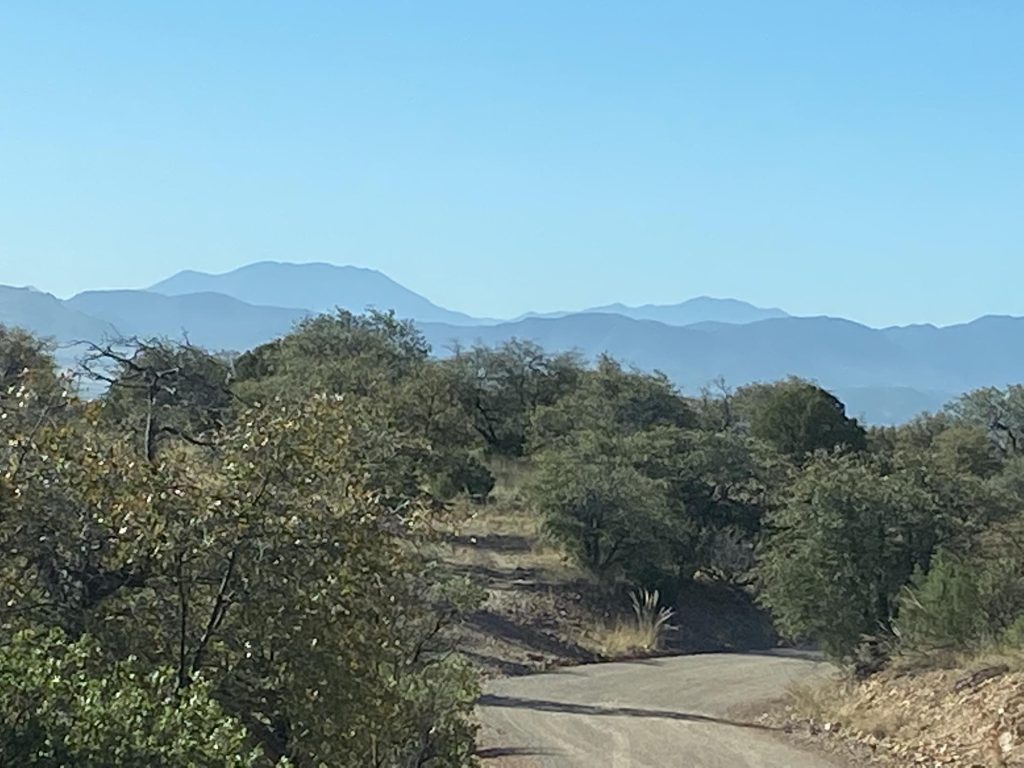

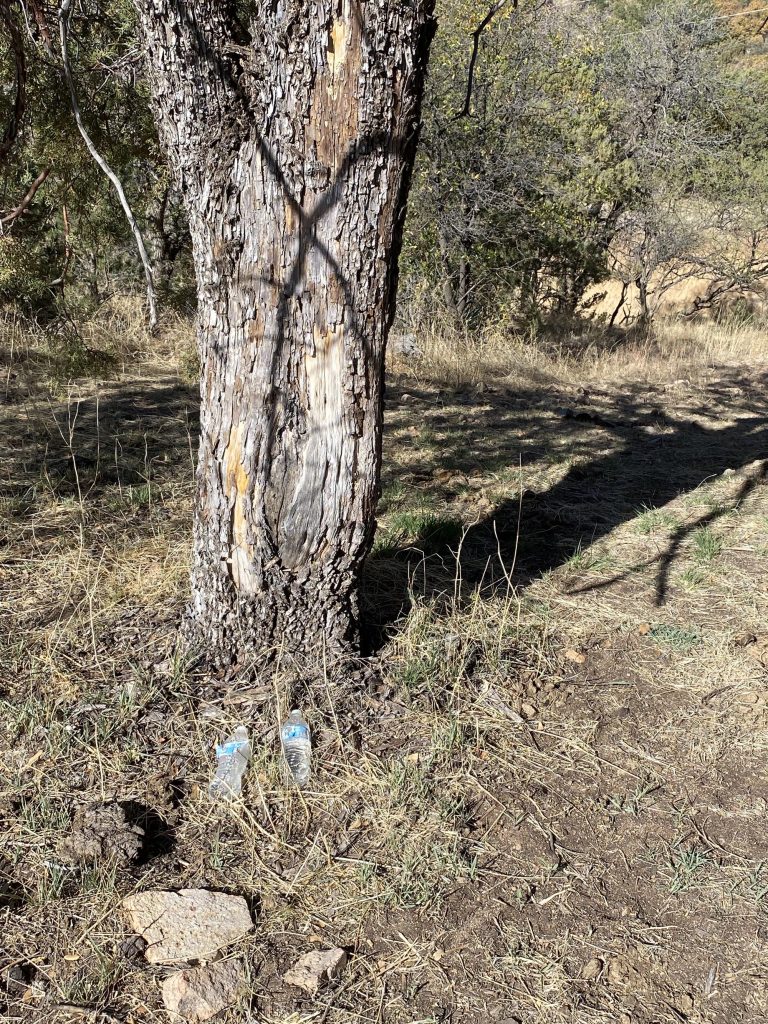
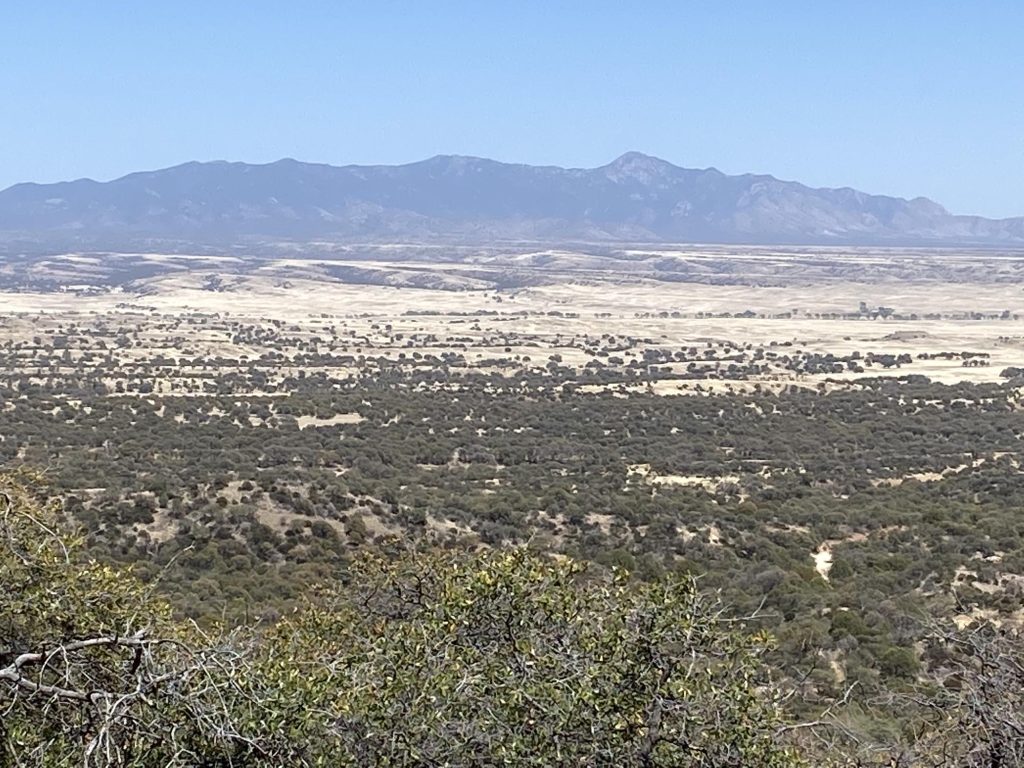
In the past, many Quartz specimens were recovered from the operating mines. When miners encountered cavities in the underground operations, some huge Japan-Law twins were recovered, as you will see further below. The underground excavations are no longer accessible and, so, now, quartz crystals are recovered by digging in veins/quartz exposures that outcrop on surface or from chunks of quartz in scree slopes.



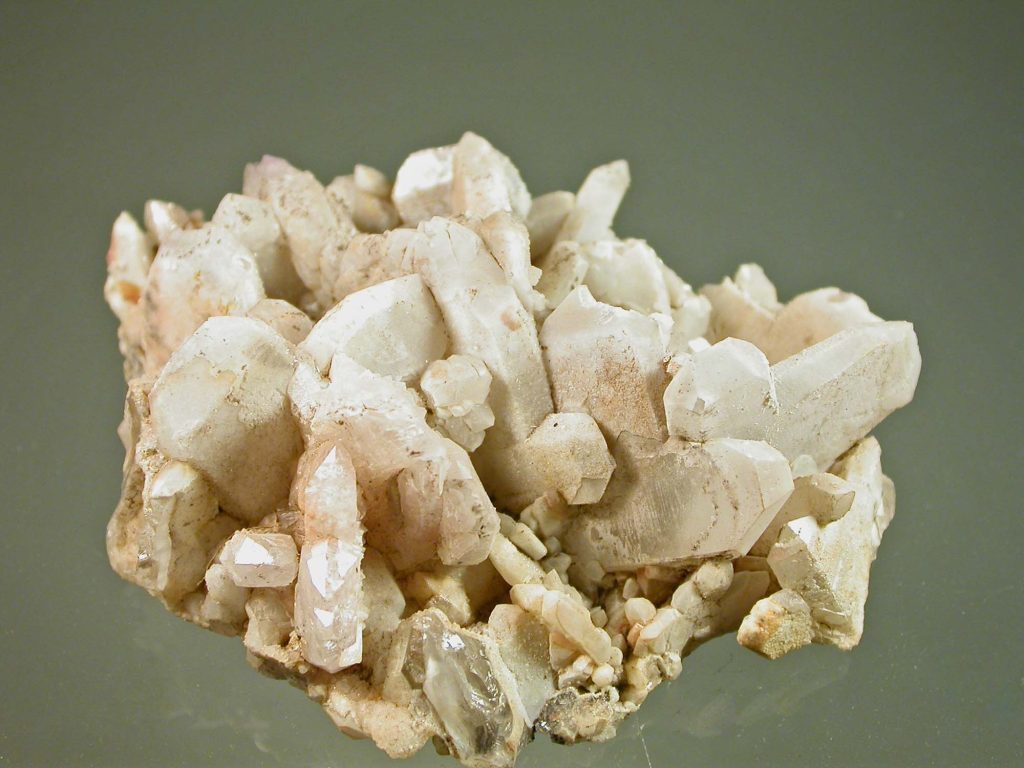
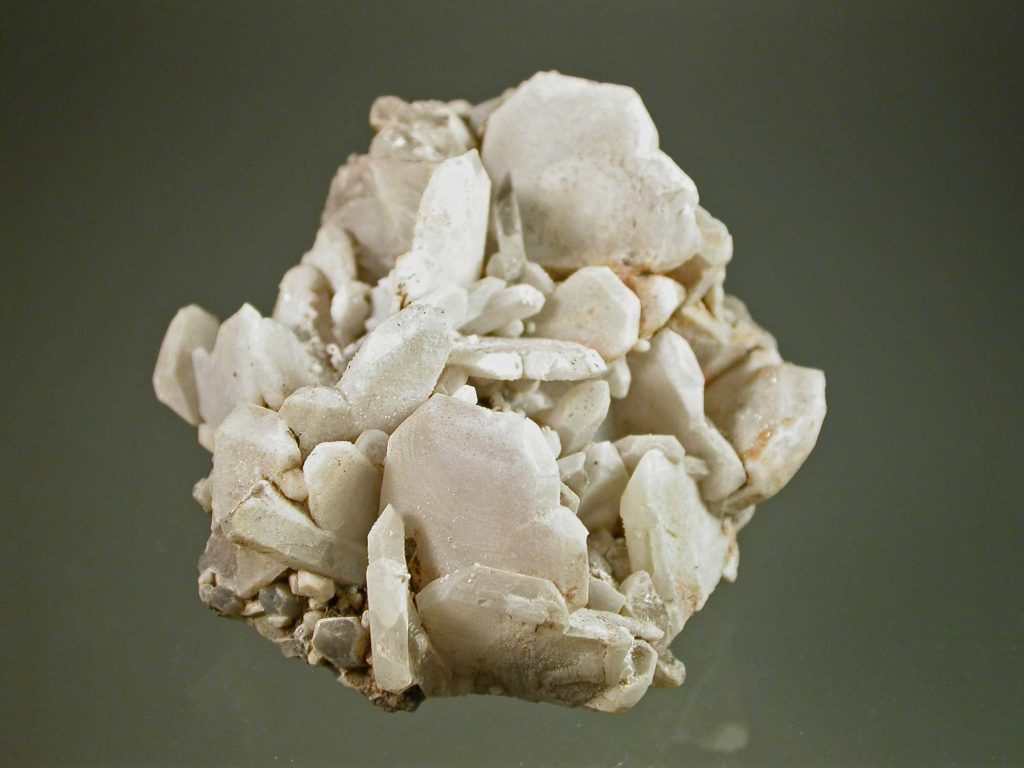
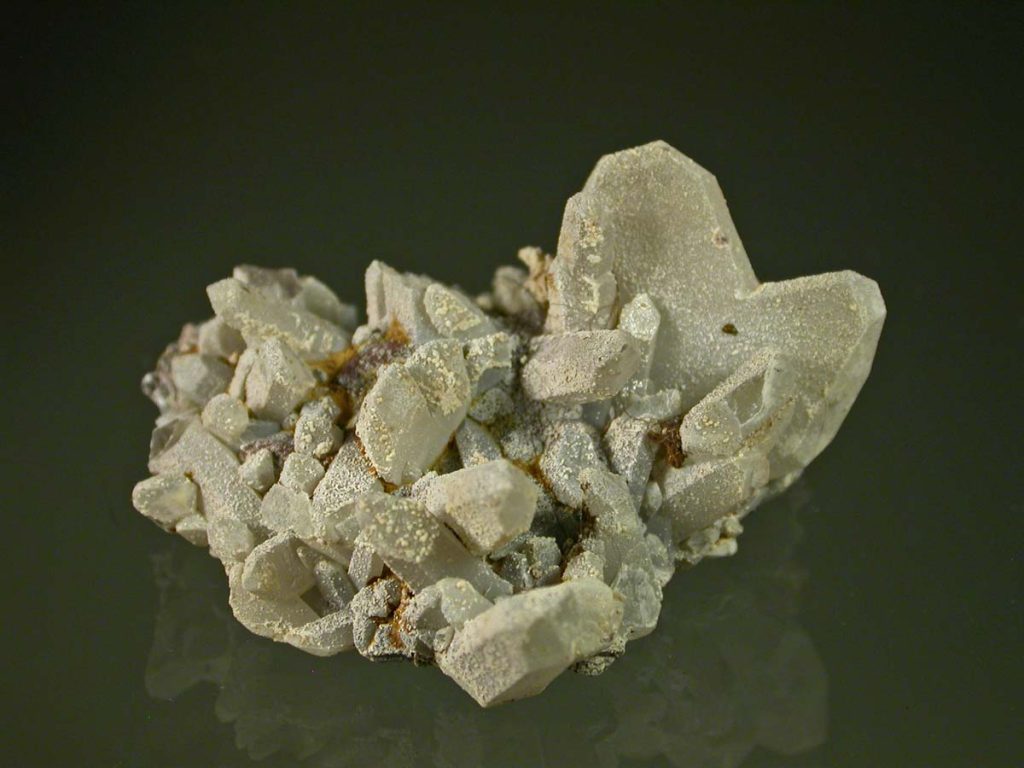

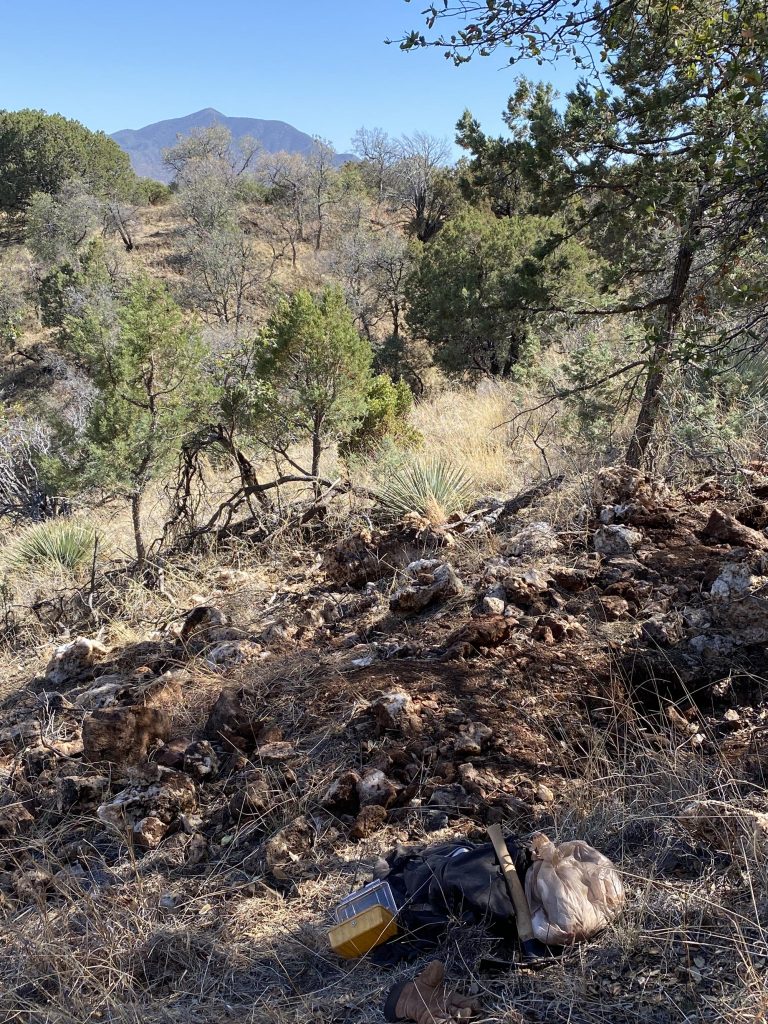
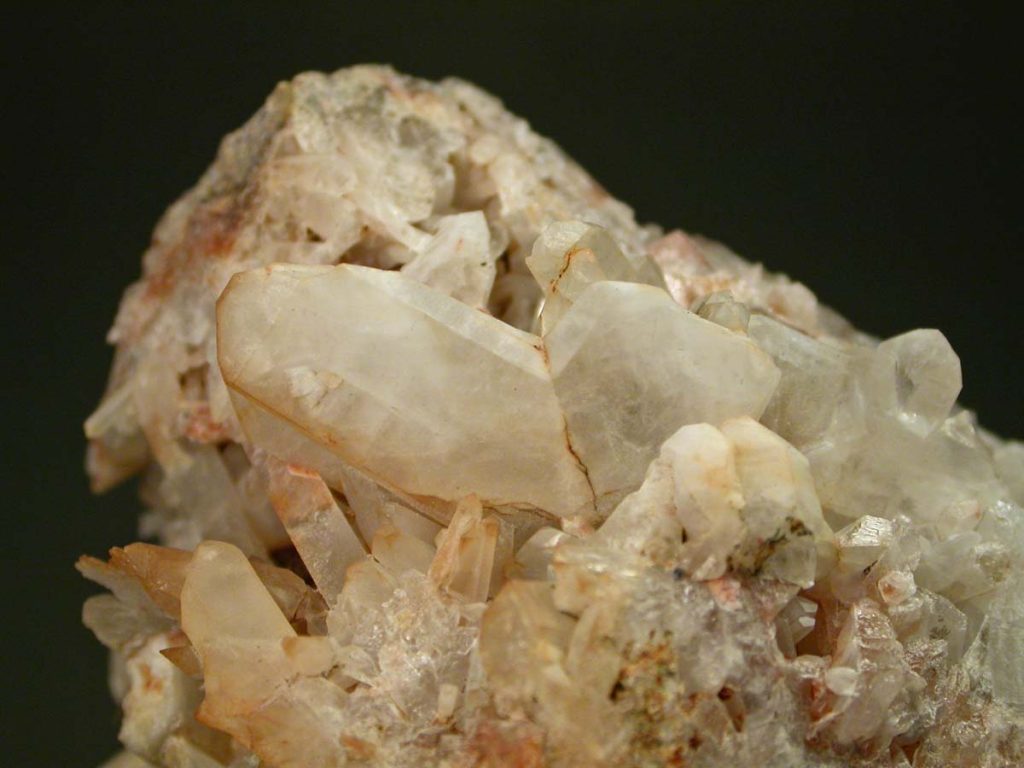
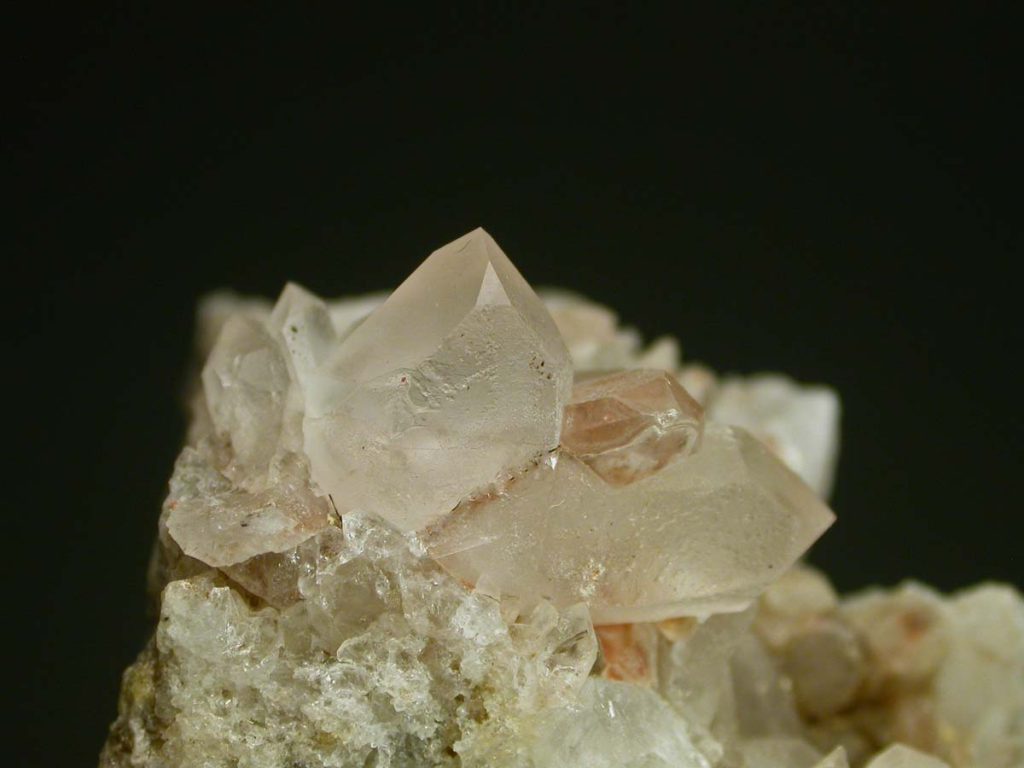
In the overall scope of things, the twinned crystals that I found are puny in relation to the monsters that have emerged from Washington Camp in the past. Here are several examples from the Alfie Norville Museum's Arizona Minerals exhibit.
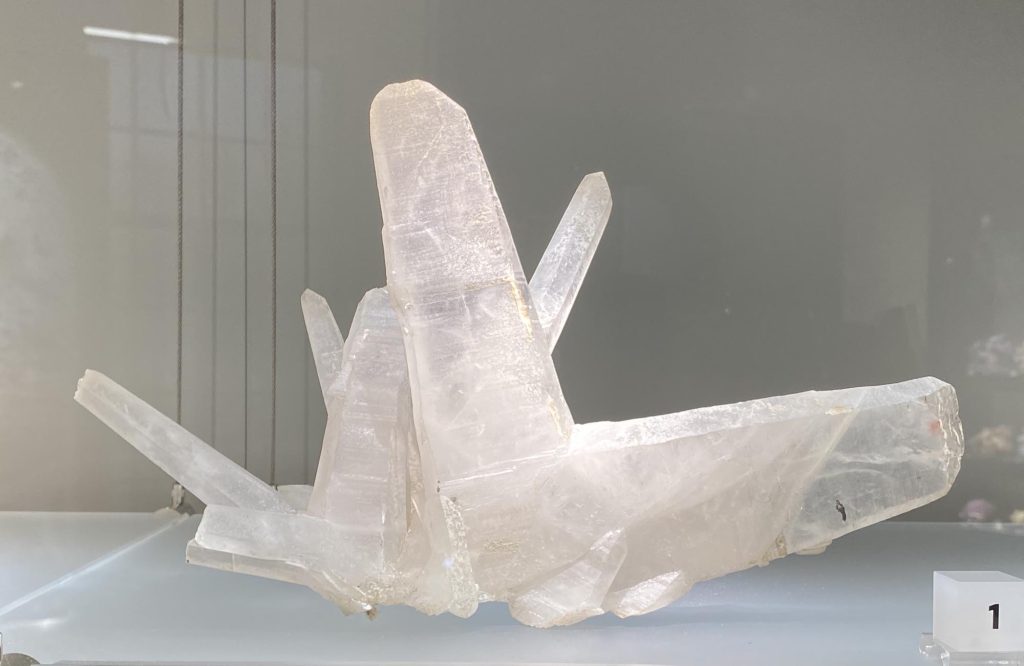
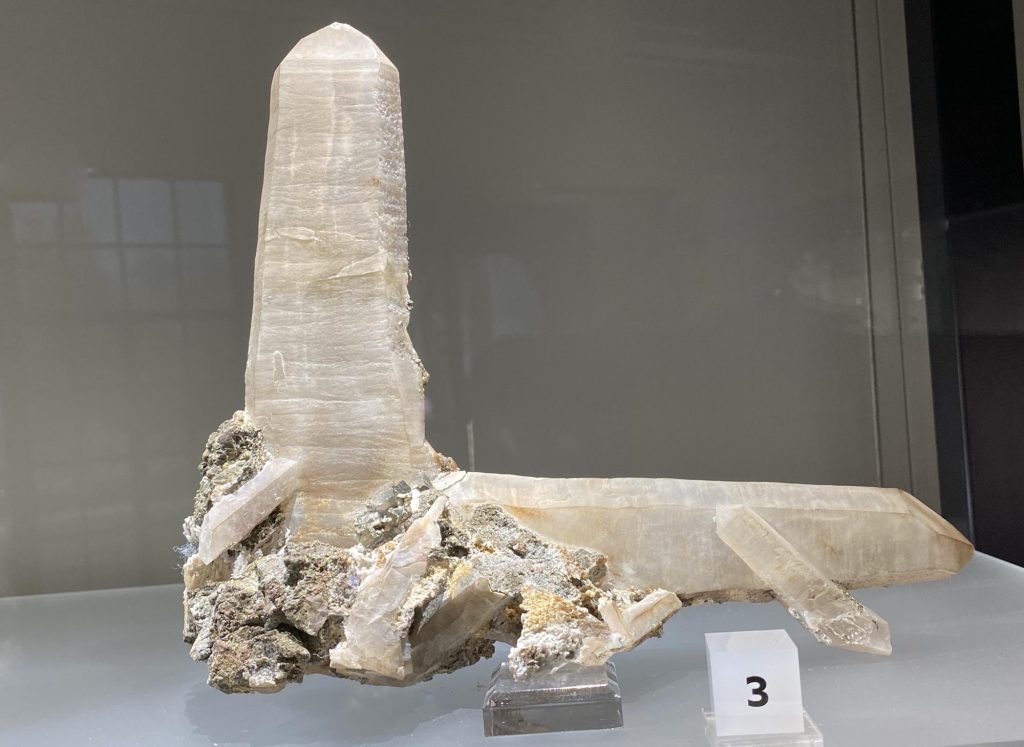
Although it is getting tougher to located excellent Japan-Law twins at Washington Camp, good specimens still emerge from time to time. Let's hope that continues! I hope that you enjoyed this "Recent Activity"?!
